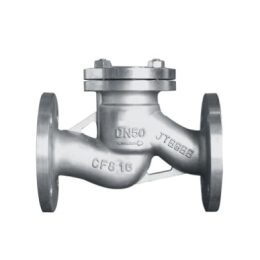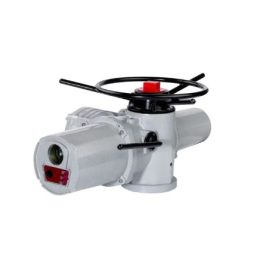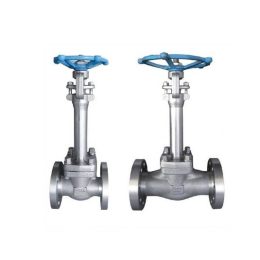Understanding Valve Corrosion in Product Design
Valve corrosion is a common problem that arises due to the destructive interaction of metal and its surrounding environment. When valve metal material is exposed to a chemical or electrochemical environment, it is prone to corrosion. Corrosion of the valve body is primarily classified as chemical or electrochemical corrosion. The speed at which corrosion occurs is influenced by factors such as temperature, pressure, chemical performance and the anti-corrosion capacity of the valve body material. Valve corrosion occurs due to the frequent contact of the valve body (including the valve cover) with the medium.
Forms of Valve Body Corrosion
There are two types of corrosion that can occur in valve bodies – chemical corrosion and electrochemical corrosion. Chemical corrosion occurs when the valve body material reacts with the medium resulting in the formation of new compounds. This type of corrosion is high when the medium is acidic, alkaline or has a high salt content. Electrochemical corrosion arises when the valve body material is in contact with an electrolyte resulting in the formation of an electrochemical cell. The speed of electrochemical corrosion is determined by the potential difference between the anode and cathode of the cell.
Corrosion Speed and Valve Body Material
The speed of corrosion in valve bodies is an important consideration in product design. The rate of corrosion is classified into six categories based on the speed of the process. It is crucial to determine the correct material for valve bodies to ensure that they are not prone to corrosion. While there are many materials that can be used for valve bodies, selecting the appropriate one can be challenging due to the complexity of the corrosion problem. For instance, sulfuric acid is corrosive when its concentration is low, but it can produce a passivation film in high concentrations. Similarly, steel is highly corrosive at high temperatures and pressures. Chlorine gas has low corrosion performance in dry conditions but is highly corrosive in humid environments.
Choosing Valve Body Materials
The selection of valve body materials is crucial in preventing corrosion. The challenge in selecting valve body materials is that it is not only necessary to consider corrosion, but also other factors such as pressure resistance, temperature resistance, economic feasibility, and availability. The correct selection of valve body materials depends on the specific application of the valve. It is essential to consider the conditions under which the valve will operate, the medium it will be in contact with, and the duration of use.
In conclusion, valve corrosion is a common problem that can be prevented by selecting the appropriate material for the valve body. In product design, it is essential to consider the specific application of the valve, the medium it will be in contact with, and the duration of use. By taking these factors into account, it is possible to prevent valve corrosion and ensure that the product is durable and reliable.
- Gate Valves: Bidirectional and Versatile for Various Applications
- 10 Ways To Extend The Service Life Of Industrial Valves
- Types of Butterfly Valves: A Guide to Choosing the Right One
- Understanding Globe Valves: Advantages, Disadvantages, and Uses
- Materials selected for each part of the valve
- Valve Body And Bonnet Leakage



